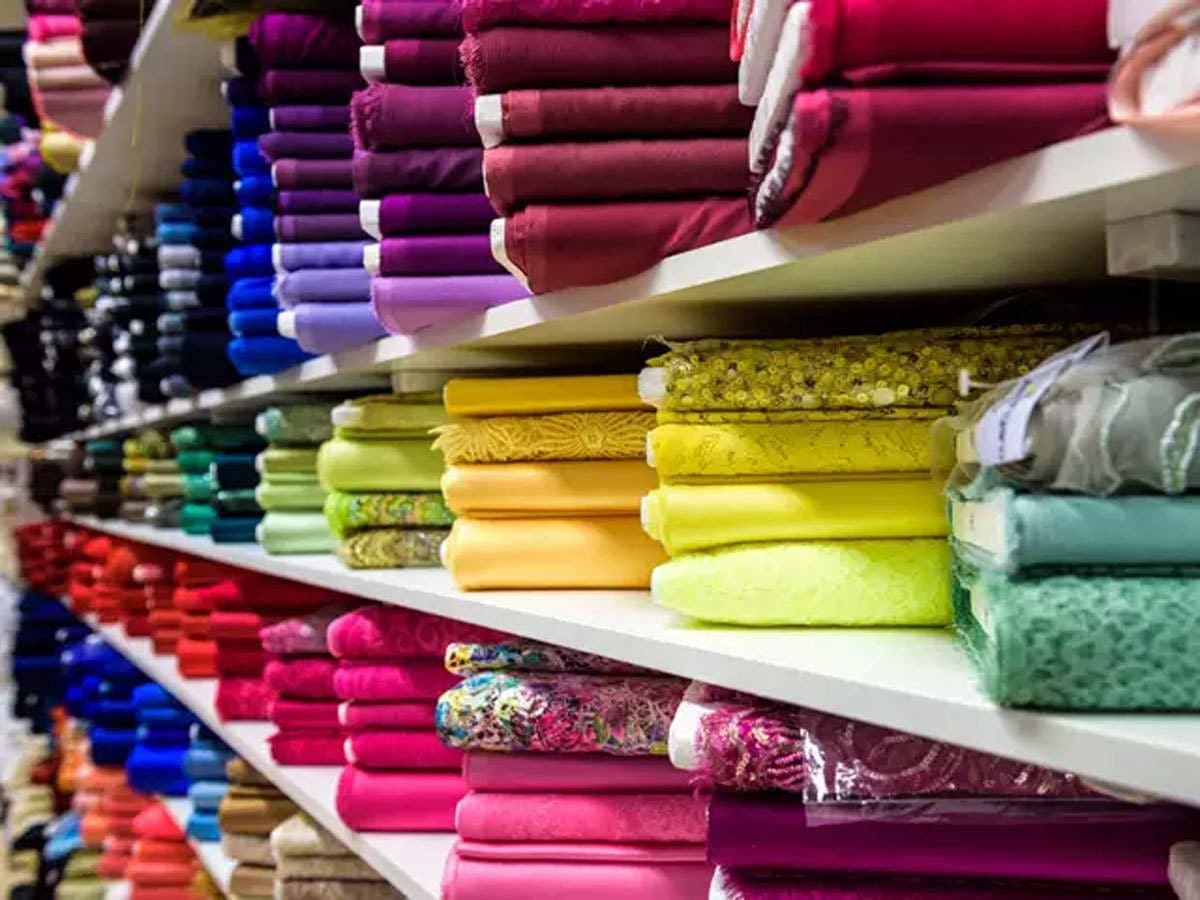India is as diverse as a nation can possibly be, with equally illustrious textile traditions, that span back more than two millennia. It is also the home of the great khadi movement, and as Aatmanirbhar Bharat re-ushers another glorious chapter of self-reliance, it will create boundless opportunities for domestic industries to bloom, flourish and expand.
The Indian textile industry has been the backbone of our economy, representing not just the culture of India, but also the roots and rich heritage of our great country. Extremely vital for the domestic economy, it contributes 2.3 percent to India’s GDP, 7 percent of the total industrial output, and 12 percent to the export earnings and employs over 45 million people directly.
The role of the textile sector is crucial to realizing the goal of Aatmanirbhar Bharat. The recent initiatives to boost the domain by the central government, such as a focused product investment scheme to increase investments in the sector, especially in man-made fiber (MMF) and technical textile segments are proving its boundless potential.
As of today, India imports nearly 75% of machinery for the industry – an indicator of how Aatmanirbhar can help India expand further as a textile hub. The five pillars of Aatmanirbhar Bharat are economy, infrastructure, system, vibrant demography, and demand.
Helping generate new opportunities for the domestic market, Aatmanirbhar Bharat expands upon the principles of self-reliance for the sector and the economy. COVID-19 also plays an intrinsic part in shaping this new wave for the Indian textile sector, as global players in key markets around the world continue to adopt China plus one strategy. This has significantly boosted international opportunities for the local textile companies. The government is also continuously pushing for expansion of the textile industry through initiatives, such as the Union Cabinet’s recent approval of the Production Linked Incentive (PLI) scheme for textiles, which will provide incentives worth ₹10,683 crores over the next five years.
As India continues to make great strides in global trade through a favorable international environment and support of the government, there are many key trends shaping the swiftly expanding textile sector. One of the key factors driving the same is the concept of sustainability, which is one of the most popular trends to take over the world of retail. Sustainability is an extremely important factor when it comes to the future of this industry, and India can play a major role in spearheading this swiftly growing segment. Giving a boost to domestic production, sustainable fashion has taken the markets by storm owing to unique concepts such as its design-led strategies and shortened supply chain. The trend will not only move India towards growth but will also elevate its importance internationally owing to the environmental consciousness it promotes. As the trend continues to transform the textile business, it is the best time for the country to embrace sustainable fashion, and charter a new path for the future, through the domain’s many innovations for the industry, such as the integration of futuristic technology with traditional Indian textiles.

